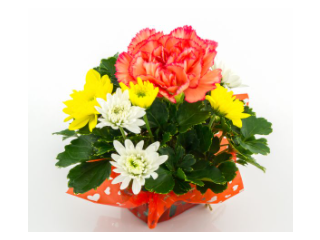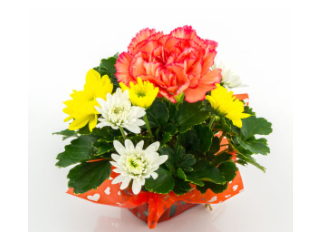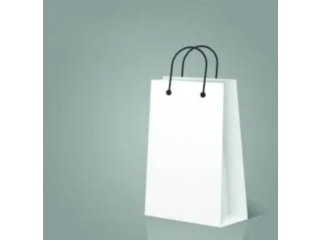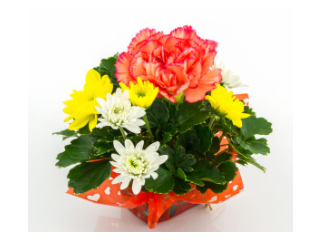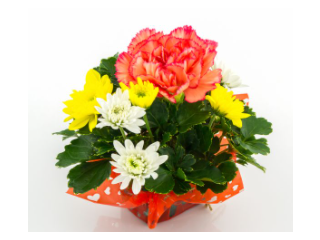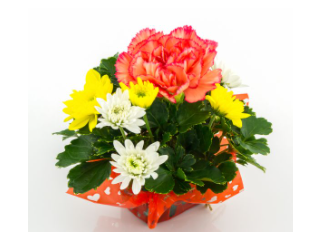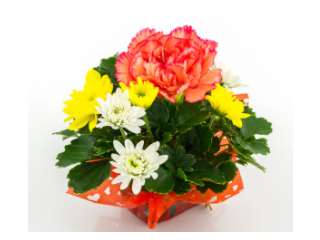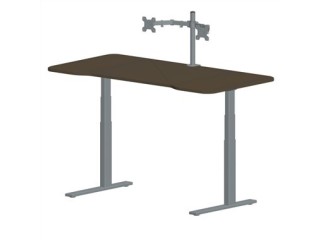The 4 Benefits of Using PPR Pipes for Drinking Water Aziendale
2 years ago Industriale Belluno 311 Visto Reference: 84Location: Belluno
Prezzo: Contattaci
The 4 Benefits of Using PPR Pipes for Drinking Water
PPR pipes are made of polypropylene random copolymer plastic and it is commonly a cylindrical pipe and straight. They are lightweight which makes them easy to transport and are usually offered in green and white. The PPR pipes are also known for having walls that are thicker than PVC pipes. The PPR piping system comes with fittings, valve, fusing machine, and other accessories that are available for every size of the pipe. They are safe to use and are non-toxic, that’s why this is the best choice when it comes to drinking water piping systems.
Let’s take a dive-down look at the benefits of PPR Pipes for drinking water and why it is safer.
1. Smooth Inner Surface
Compared to other traditional types of pipes, the PPR pipes have a very smooth inner wall or surface. Because of the smooth walls, the pipes only have a small effect when it comes to frictional resistance. It also reduces the pressure during transporting and distributing the fluid. On the other hand, the PPR pipes do not flake, unlike the metal pipes, that’s why this is a safer choice for drinking water.
2. Long Term Service
We want a piping system that is safe, and other than being safe we want it to have a long service life. For over 50 years, the PPR piping system has been functional and still has that wide range in temperature. It can endure the hot temperature and at the same time, it can withstand cold temperatures without getting cracks or breaking that will lead to water leaks.
3. Heat and Cold Resistance
PPR is designed to be a versatile piping system for potable water that can be used in different industries, such as hospitals and hotels. And PPR piping system has good heat resistance that can reach up to 80 (and above) degrees celsius. It can also withstand cold temperatures, mostly installations in cold weather where other pipes are prone to damages that cause water leaks. This is why PPR is the best choice for drinking water.
4. Non-Toxic
Toxic chemicals that come from our water supply is a threat to our health, but pipes and fittings made from PPR are harmless raw materials. Thus, it will not carry toxic substances that will affect the health of people drinking water from it. And it’s not only safe for our bodies, but it is also safe for the environment. Since they are non-toxic, any production or installation of the PPR piping system will not cause pollution.
Overall, PPR pipeline is safer and has more advantages than metal pipes which is why PPR is suitable for our drinking water. After all, we want our family to be safe and healthy at the same time.
We hope that this article has helped you in making a decision on which pipes you’ll use for drinking water.
PPR Fittings: Know More About Them
PPR Fittings are the most important part of the PPR piping system because their purpose is to make different applications for water connection, whether in the building or at home. They may seem complicated because of their various appearances, but they are easy to remember!
In this article, we will help you understand the functions of PPR fittings and its applications.
1. Elbow
If you need to turn your pipes in another direction, use the elbow fitting. This helps you direct the flow of the water, may it be to the left or right, upward or downward direction. They are available in different angles, depending on how you need it.
Usually, the elbow fitting is meant for pipes that have the same diameter sizes, so always check the sizes before you purchase this fitting.
2. Elbow Reducer
An elbow reducer is a type of pipe fitting that joins two pipes of various sizes together. It connects two different pipe sizes that need an angled direction. l
3. Coupling
Couplings are used to connect two pipes together.


